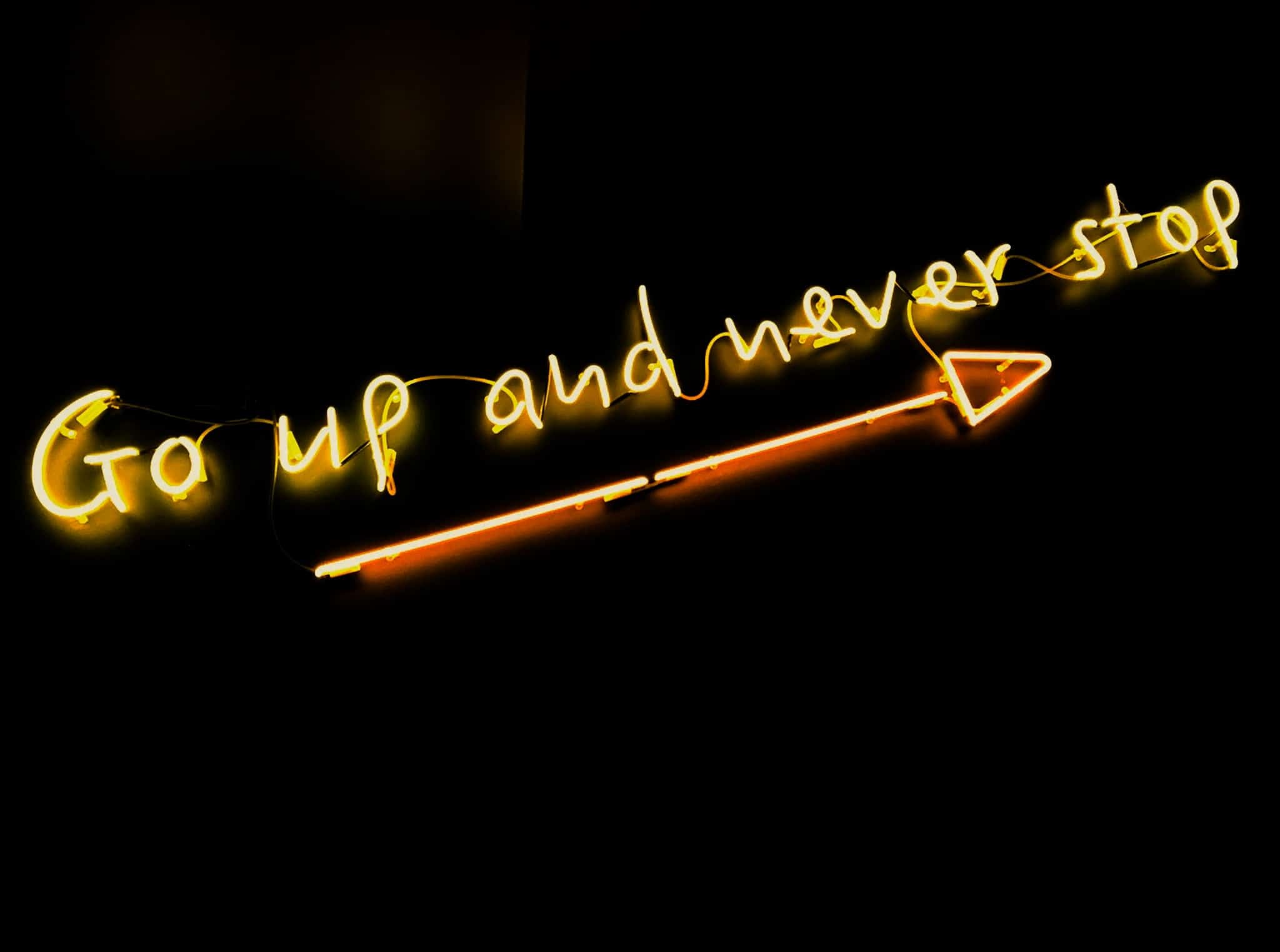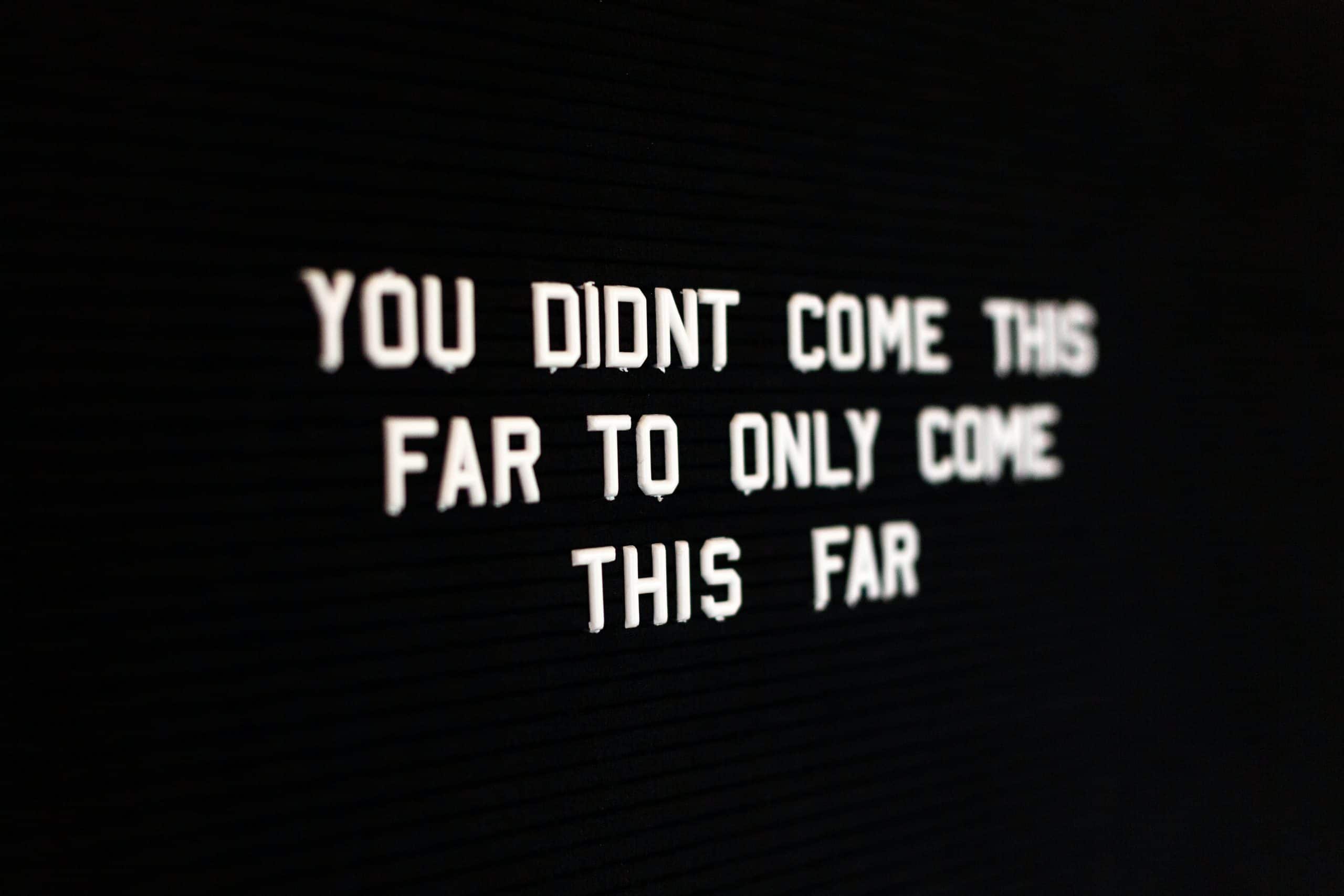We recently spoke with Creative Director of Photobook Bristol Alejandro Acin, the man behind the team of experts in publishing. Acin told us more on the weekend festivals humble beginnings to how they’ve managed to be a key date in any photographers calendar.

Hello! Can you tell us about the history of PhotobookBristol, how long has it been running and what was the motivation to setting it up?
It was a very natural process. In 2012, my friend Scott and me discussed the possibility of starting an activity around photobooks in Bristol. We used to meet to swap and talk about books. How Terry Likes His Coffee by Florian Van Rockel was the book which made us mates. After a few meetings, we thought it would be interesting to open it up to other people and include this activity as part of IC-Visual Lab (ICVL) regular programme, an organization I coordinate. ICVL is an independent organisation based in Bristol, focusing on the education, production and promotion of contemporary photography. In 2013, we organized the first of our PhotoBook Labs.
We didn’t know how many people we were going to get but we had ten people interested, which was great. We spread out Walker Evan’s American Photographs around the walls and invited the participants to discuss what made it so good. After that, we exchanged some books and the party started. One of the highlights from that evening was the first edition of the L’algérie by Dirk Alvermann. That book was brought by Rudi Thoemmes and triggered a conversation with him. He was, and still is, the owner of RRB Photobooks, an online shop based in Bristol, which funnily enough we didn’t know even existed. How good is that!
That was 2014. There was no such a thing in the UK, despite there being some day events involving photobooks. Offprint London didn’t even exist back then so we were the first ones to test it out.
On one hand, we wanted to make something manageable, so we decided to host it in a local venue called the Southbank Club. We didn’t want white walls and that venue was perfect, with a capacity for 300 people, which already seemed a challenging figure to achieve in a first edition.
On the other hand, we didn’t want to apply for public funding at first, so we decided to come up with a strategy to self-fund it. We used the funds generated by the weekend and day tickets and the tables in the book fair to cover most of the participants’ expenses. We have followed the small music festival model expecting there will be another 200 mad people out there who could save some money to be able to come and contribute to make it happen. We also had some local business sponsoring the event like the fantastic Mark’s Bread, Canton Tea or BES Sound supporting us with the food, drinks and the technical aspects. But that was all. Of course, this festival wouldn’t have been possible without the relentless volunteer work put in by our team (those who attended that first meeting, remember?) and other volunteers who helped during the weekend with daily tasks. We are working very hard to make it financially viable for everyone; it’s hard but we will slowly get there.
The first festival was sold-out and we had some fantastic feedback from the attendees. The second edition was a little bit easier for us, people who had attended the first event wanted to come back because they had so much good fun, so the event sold-out again. Now, we are very close to our third edition and it seems we will have another full house, which is fantastic. If you don’t have a weekend ticket yet, maybe it will be too late when this article gets published because tickets are going very fast.

The world of the photobook seems to be getting more and more popular, why do you think this is?
Popularity is a very difficult thing to measure when you are part of a scene, books and people who love books are always close to us. Maybe there are more now? Yeah! Probably. But I still think this is a small world. Which I guess ix what makes it nice too.
The most interesting aspect for me about this little world is the passion, collaboration, experimentation and generosity that people share. It’s obviously about the making but the sharing is a very important part if not the most important.
I am originally from Spain, and there, collaboration has been the key factor for photographers and small publishers to produce internationally well-acclaimed books like Paloma al Aire by Ricardo Cases or The Afronauts by Cristina de Middel. Now we are all tired of referring to them (I am not), but those titles and many others have been a landmark for a new generation of practitioners on how books can be made. In a recent conversation with the great Sonia Berger, book publisher and book seller at DALPINE, she said: ‘’The time of waiting for an opportunity was over ’’. That sentence really reveals the core of this new self-publishing time for me.
Lewis Bush wondered in a recent article on Disphotic: “Could it be that the explosion in interest in the photo book has come partly from the realisation amongst so many young artists and photographers that the type of galleries participating in Photo London actually have very little to offer them?‘’. What is clear is that photobooks have empowered practitioners, allowing them to have a closer relation with their audiences without relying on agents or galleries. New online platforms have been functioning as information channels giving us the possibility to see what is going on around the photobook world.
I wouldn’t feel confident saying that the photobook scene is bigger but I feel okay saying that it has grown, it’s more mature.
Self-publishing changed the way photobooks are dispensed to the masses. Anyone can make one. What is it you look for when trying to find a stand out photobook from the sea of them that are currently out there?
Every year at the festival, we have an exhibition of first/dummy books published that year. We firstly started very informally approaching people we knew who were making interesting books. But this year we opened a call out for submissions. We decided to do a free, electronic submission process and the response was great. We received books from China, Uruguay, Japan, US, Latvia, Russia, UK, Spain…. Some of them are extraordinary, some of them pointless. But it is the same in music, literature, gaming… we have more facilities than ever to produce and consume culture so I guess we need to be a bit more critical consideration of what is on offer.
What am I looking for when I try to find a stand out photobook? I don’t think I’ve got a formula for that. I am not usually trying to find books, books suddenly appear: after a chat with a friend, after reading a book or article, or seeing them on social media or even after a random search on google.
I am not really a hunter, I actually don’t buy that many books myself, but I do buy some and I also borrow them from friends, that’s the advantage of having bookseller friends. My choices are based on my personal taste, which is as interesting as any other I guess. I have been involved in different book making processes myself and it’s not an easy business.
Every book is a different world or it should be. Every person could make a very different book having exactly the same content and using the same materials as me. But during this process you are constantly answering questions, solving problems, changing paths… until it’s there.
I don’t buy books because they are hot, and maybe sell out quickly increasing their price so I could make a few pounds here and there. I guess I do look for experiences when I decide to buy a book, making my decision based on whether these books are purely visual, story based, experimental, tactile or purely fun or a mix of all of these things.

You’ve got some fantastic speakers lined up for this years PhotobookBristol, whose talk are you most looking forward to?
Honestly? All of them. I think this year we have managed to build a very diverse programme. We are kicking off on Friday with Amak Mahmoodian, an Iranian photographer who is launching Shenasnameh, her first book. Amak is followed by Craig Atkinson who will be talking about his 10 years of publishing and drawing with Café Royal Books. Next comes a panel with David Solo, Olivia Arthur and Susan Meiselas on building audiences with a cross-generational approach. Then, Francis Atterburyis talking about book production, Max Pinckers and his LOTUS Revival and finishing with the great Dragana Jurisic and a fantastic barbecue in the garden. And I could keep the same excitement if I talk about the Saturday and Sunday schedules. I think Colin gives a very nice insight HERE on how & why the speakers have been chosen for this year’s festival.

We are also very fortunate to have Yumi Goto from Reminders Stronghold Photography in Tokyo as a speaker this year, thanks to the Japan Foundation. I do admire what Yumi is doing over there, her space is a reference of excellence for us. Yumi is also coming with Hajime Kimura and Hirashi Okamoto, which is an unexpected surprise. It promises to be a great session.
I am also really looking forward to see Ania Nelecka in action. She is delivering a workshop on WHY, WHAT & HOW: Stretching exercises before book making. It’s fully booked and it is meant to be one of the highlights.

You’ve had so many books already on show at past PhotobookBristol events, what have been the key highlights for you?
Yes, we have been very lucky to see many books launched in Bristol such as Will they Sing Like Raindrops or Leave me Thirsty by Max Pinckers, Hidden Islam by Nicolo Degorgis, Laura El-Tantawy’s In the Shadow of the Pyramids or MOISES by Mariela Sancari.
This year we have more book launches than ever before: the fantastic facsimile-edition of the classic MEMENTO MORI by Peter Mitchell, The Topical Times for these Times book of Liverpool Football by Ken Grant, END by Eammon Doyle, or Mark Power’s Destroying the Laboratory for the Sake of the Experiment with the presence of poet Daniel Cockrill and designer Dominic Brookman.
There also many interesting books as part of the First/Dummy Book exhibition like The Swamp by Sofia Borges (recently winner of MACK’S First Book Prize), Alicia Myers’s Nothing is Impossible Under the Sun, Mary Hamill’s Semper Augustus, Christian Rodriguez’s MOTOBAIK, Martin Bollati’s La Forma Bruta, or My Favourite Colour was Yellow by Kirsty Mackay. It’s great that many of the authors will also be attending the festival.
As well as first books, we have some great dummies on display such as Mathieu Asseliin’s MONSANTO: A Photographic Investigation, Jessa Fairbrother’s Conversations with my Mother or Alnis Stakle’s Melancholic Road.
See full list HERE
Photobook Bristol

